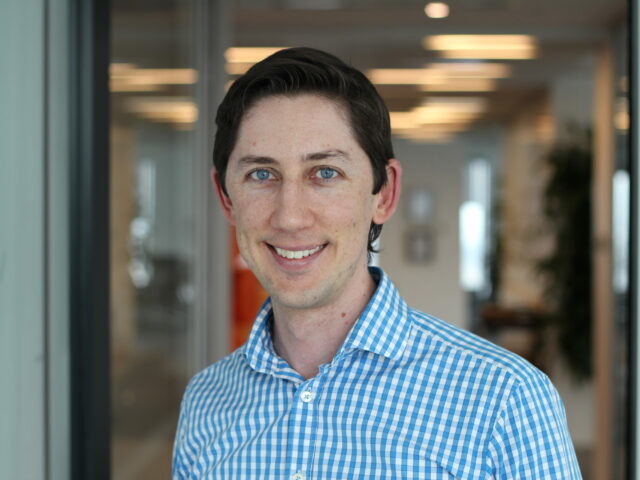
Lonnie has a Bachelor of Engineering in Civil Engineering from the University of Queensland, Australia. He is a chartered professional engineer and declares his passion for engineering motivated him to write the textbook Australian Guidebook for Structural Engineers.
What inspired you to get into your field of study?
I’ve always been inspired by buildings and structures. My interests in both arts and physics led me to study architecture before realizing my skills were better suited to structural engineering. I commenced my career by completing a three-year graduate engineering program where I worked across various teams and industries. In my final year, I was the CEO of the program and responsible for the development of 80 graduate engineers.
Throughout this period, I developed a passion for finding elegant solutions to complex problems. I’m inspired to continue learning to refine my design skills and make less expensive, more efficient, and sustainable engineering designs. I love being able to work in an environment where I can learn from the best people in the industry.
What attracted you to work with us?
It was due to the opportunities the company provides as a leader in the industry. Many of the top engineering experts in Australia work at Tetra Tech Proteus and Tetra Tech Coffey. In addition, Tetra Tech has a significant presence on a global scale.
Tell us about some of the projects you’ve worked on that have been the most inspirational to you.
I was inspired by our work on the Circular Quay Renewal program for Transport for New South Wales.
The Coffey team worked with our colleagues at Norman Disney & Young, A Tetra Tech Company to deliver a full asset condition assessment of the Circular Quay area. The project included conducting a geophysical scan of the harbor, performing geotechnical drilling from jack-up barges, and completing structural inspections of the promenade and wharfs by boat. Our team seamlessly collated data into a building information model (BIM) that enabled the end user to navigate through a virtual model of the area, with access to all relevant data.
I also enjoyed working on the demolition of the IMAX theater in Darling Harbour in Sydney. This was the largest cinema screen in the world and had a unique purpose-built structure. The building was half supported on ground and half suspended above the harbor, with a historic culvert running through the center. It was also tightly nestled between two busy freeway overpasses. The removal of the roof structure was a complex task that required accurate modeling and complex rigging arrangements to ensure the safety of the workers and the public. The lift we engineered for the project won the 2017 Crane Industry Council of Australia award for Lift of the Year in the Under-20-Tons category. We subsequently were engaged for temporary works engineering on The Ribbon, a new development in place of the previous structure, which has transformed Sydney’s skyline.
Another great experience was the Tamborine Mountain Slope Remediation project. Tamborine Mountain is a popular residential and tourist area in Queensland, Australia. This project allowed me to work closely with our geotechnical engineers and geologists to deliver stabilizing designs for a heritage road. Coffey was involved in all phases of the project, from concept design to construction. Our solutions involved designs such as soil nails, wire mesh, erosion control, stabilizing of boulders, and installation of wire mattresses. Construction was complex due to the geometry of the narrow, winding road; however, we worked together with the owner and the contractor to prioritize areas of high risk so that critical areas could be safely remediated prior to the wet season.
Tell us about the challenges and rewards you face in your role.
The role of a design engineer is to create an efficient design.
I’ve found that many consultants are reducing engineering budgets to be competitive and win more projects. This mentality is driving substandard quality and over-engineered solutions, which results in increased overall cost to a project.
The challenge we are facing is to push back against this attitude and strive to become the best and not the cheapest.